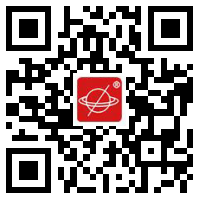What is non-destructive testing
Release time:
2019-12-18
NDT is the abbreviation of Non-destructive testing.
NDT refers to the implementation of a testing method for materials or workpieces that does not damage or affect its future performance or use.
Through the use of NDT, defects can be found inside and on the surface of the material or workpiece, the geometric characteristics and dimensions of the workpiece can be measured, and the internal composition, structure, physical properties and status of the material or workpiece can be determined.
DTNDT can be used in product design, material selection, manufacturing, finished product inspection, in-service inspection (maintenance), etc., and can play an optimal role between quality control and cost reduction. NDT also helps ensure the safe operation and / or effective use of products.
NDT contains many methods that can be effectively applied. The most commonly used NDT methods are: radiographic inspection, ultrasonic inspection, eddy current inspection.
Testing, magnetic particle testing, penetration testing, visual testing, leak testing, acoustic emission testing, radiographic testing, etc.
Because various NDT methods have their own scope and limitations, new NDT methods have been continuously developed and applied. In general, as long as it meets the basic definition of NDT, any physical, chemical or other possible technical means can be developed into an NDT method.
In China, the term nondestructive testing was first called flaw detection or nondestructive testing, and its different methods are also called flaw detection, such as ray detection, ultrasonic detection, magnetic particle detection, penetration detection and so on. This term or writing is widely circulated and has been used to this day, and its usage rate is no less than
The term non-destructive testing.
Previous:
Next:
More news
2019-12-18





